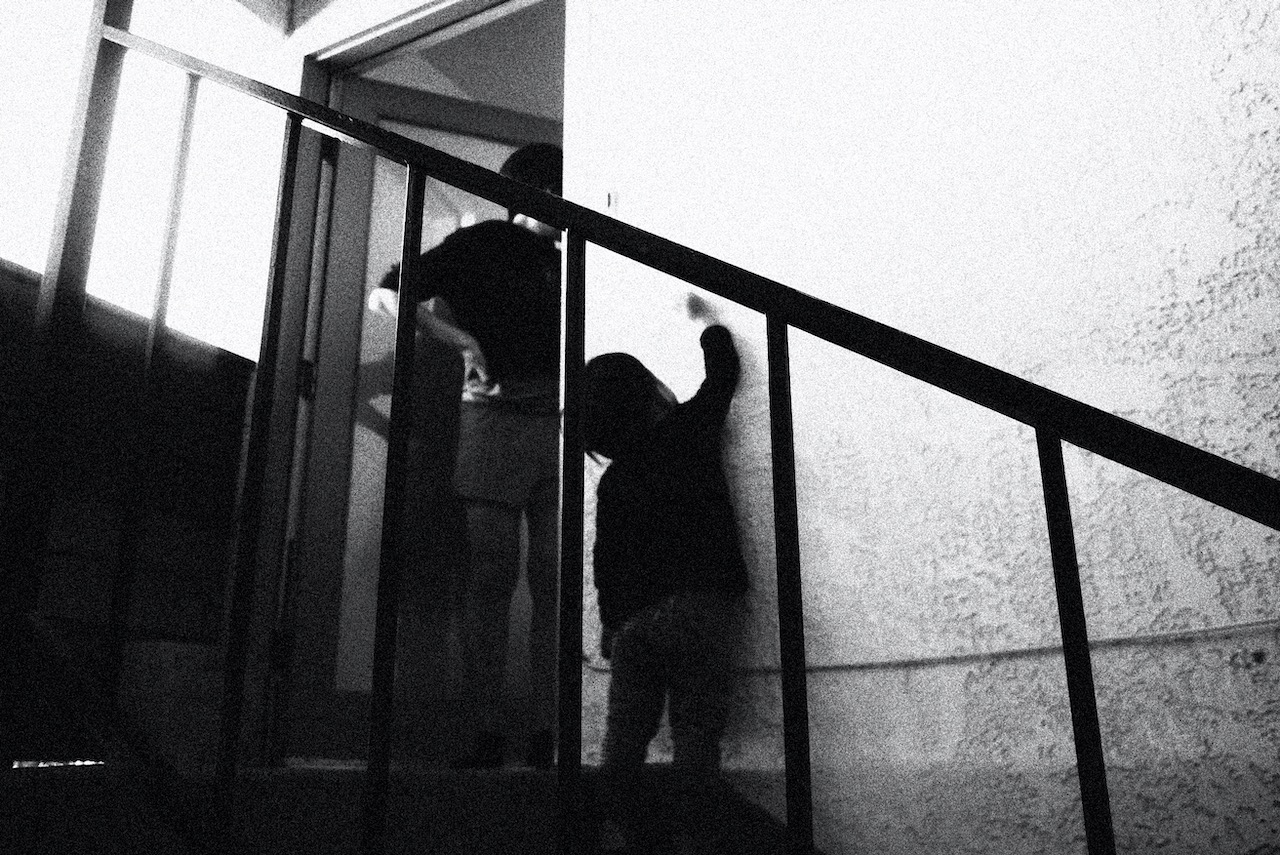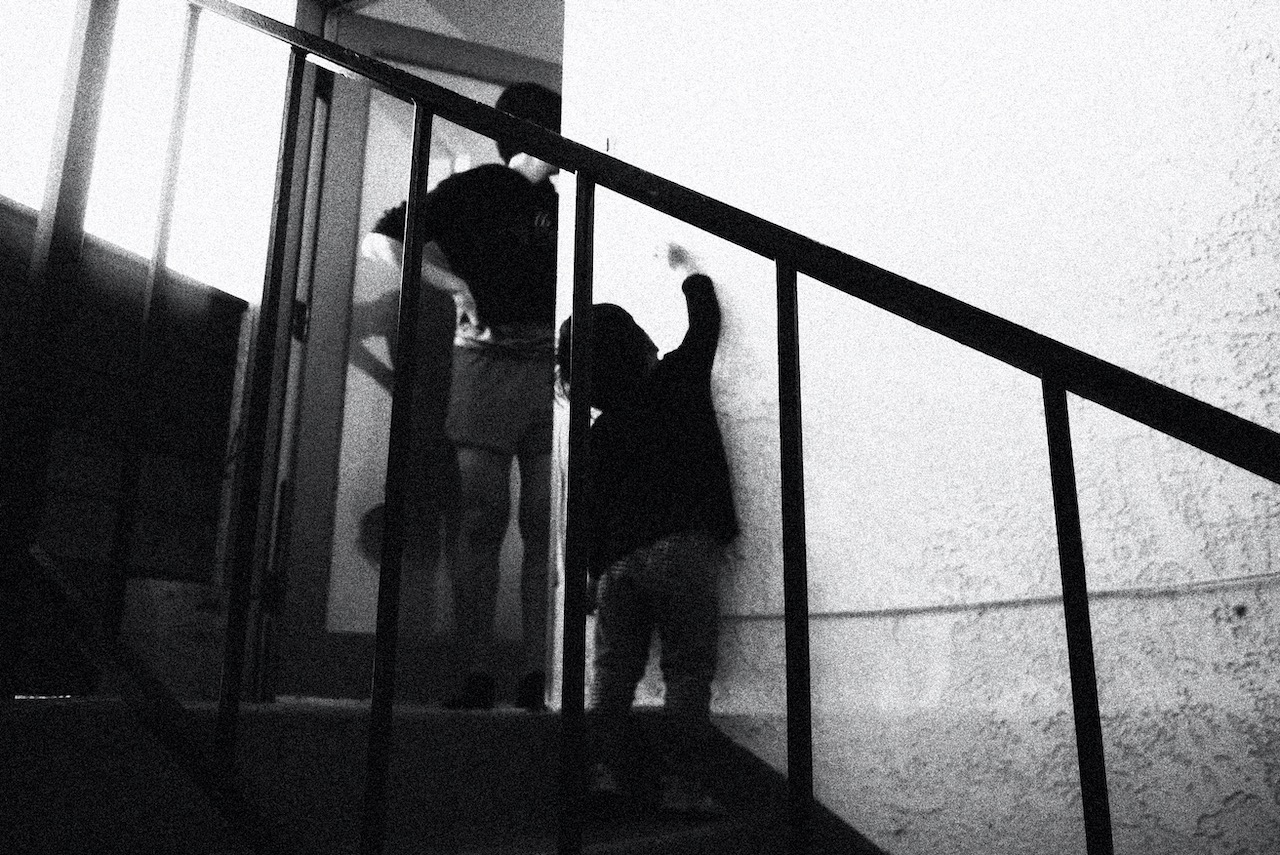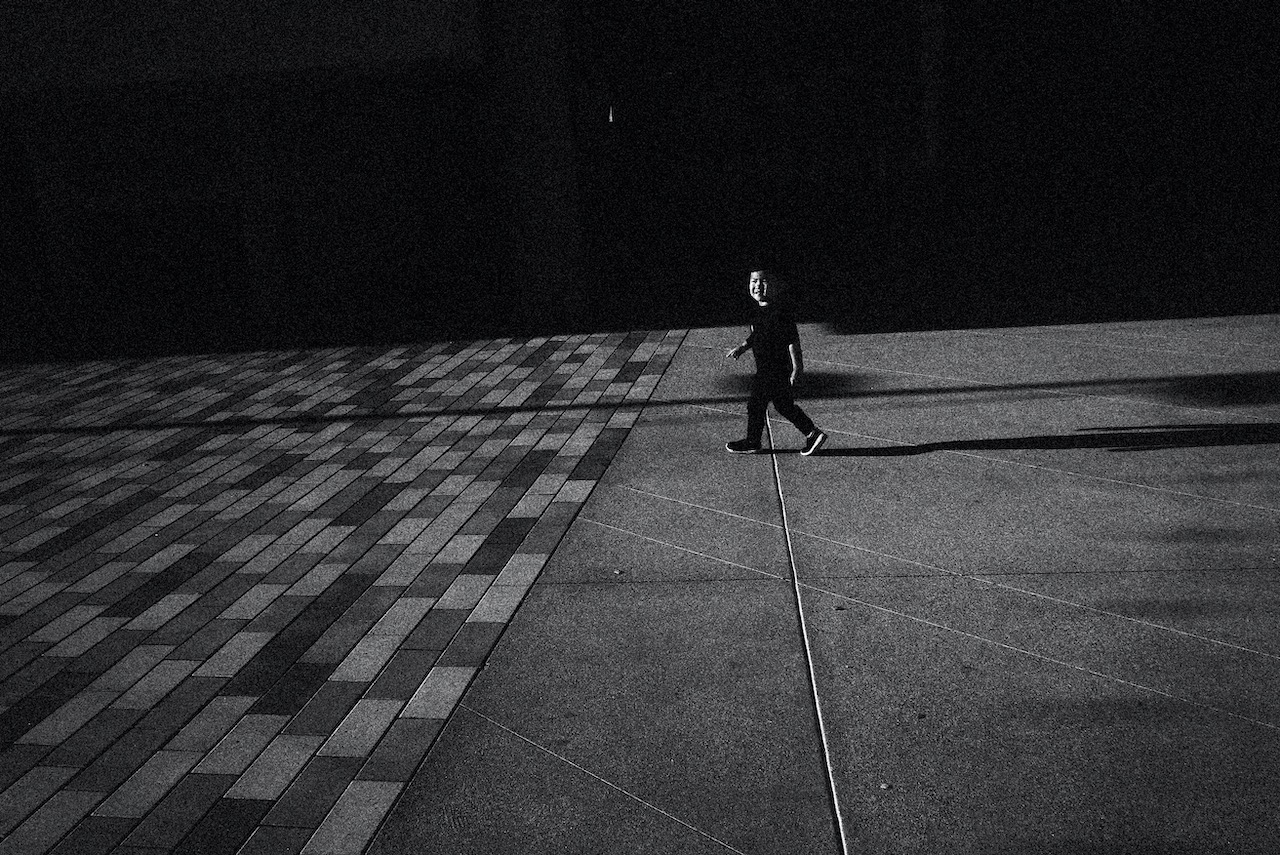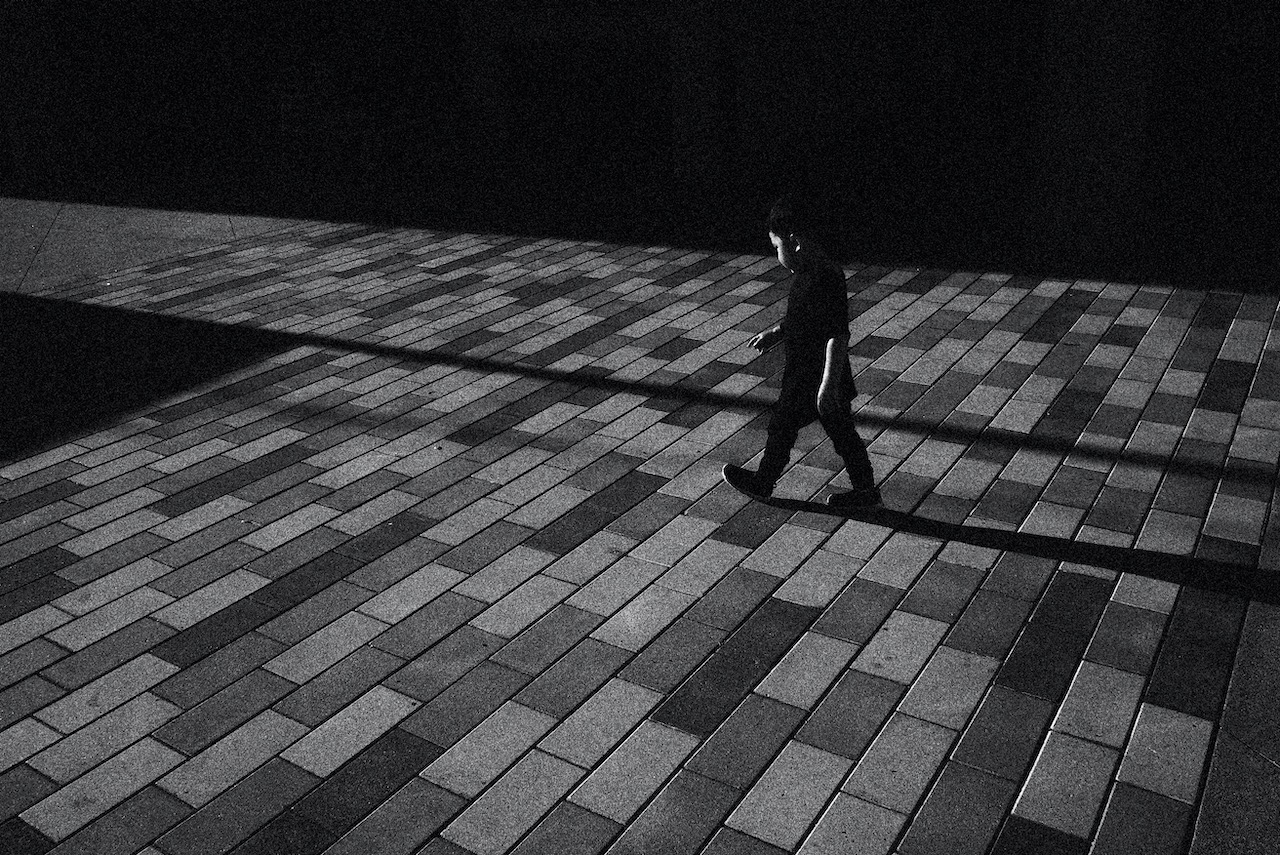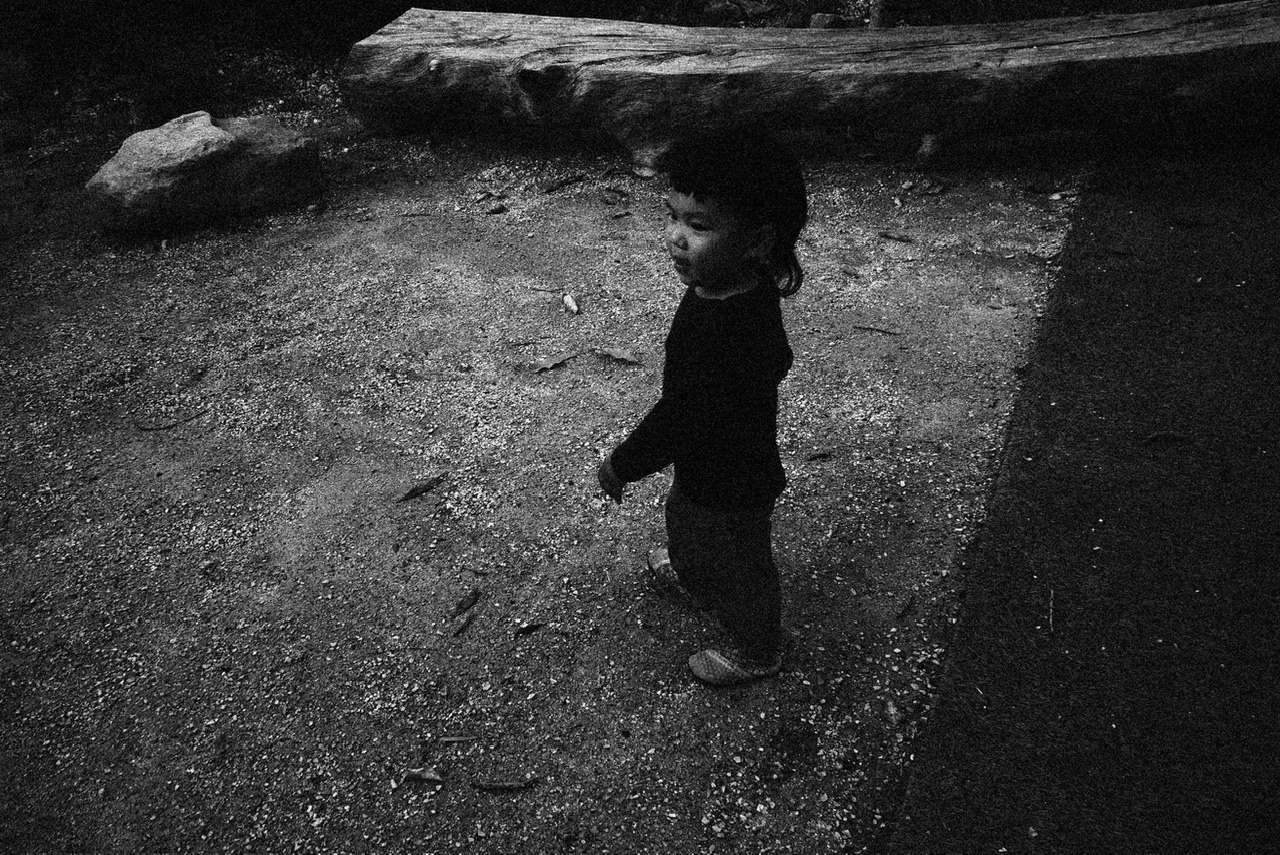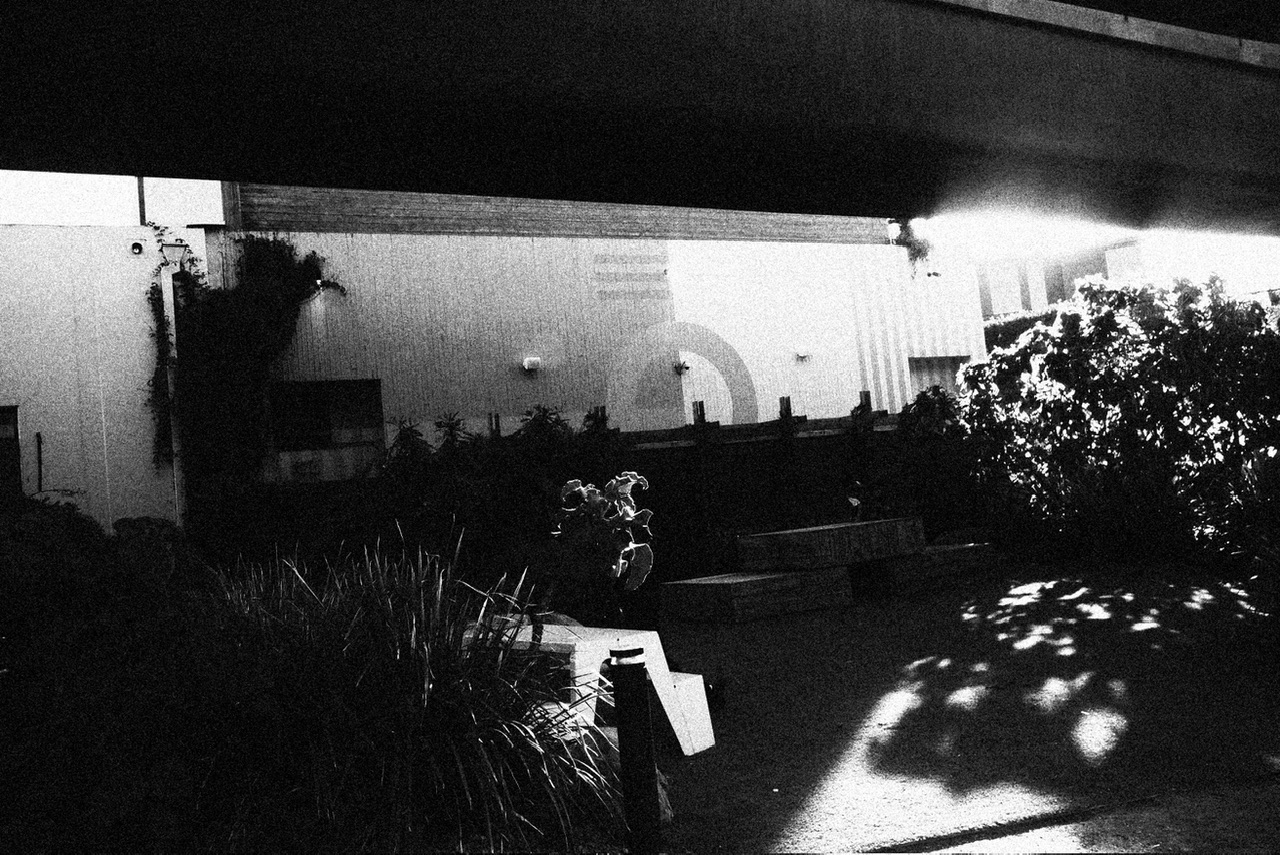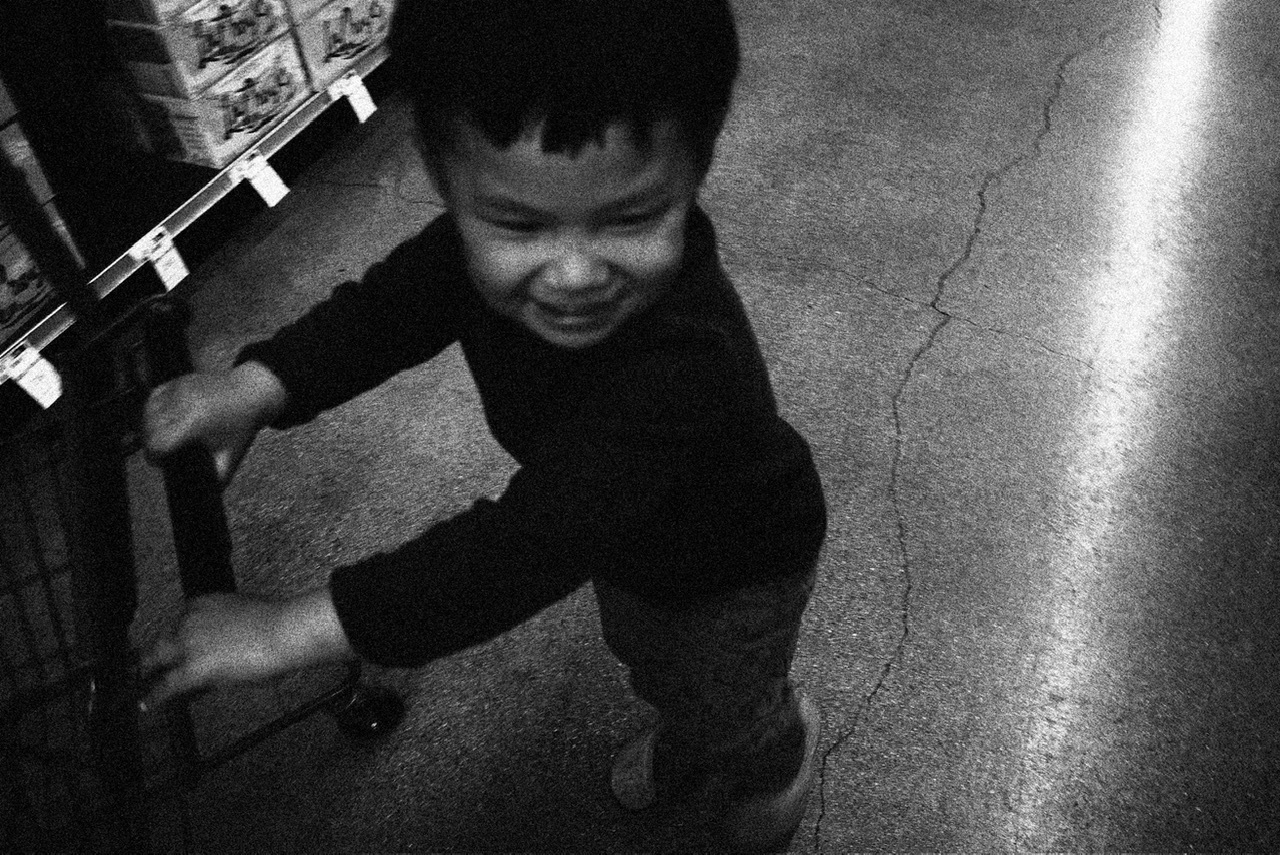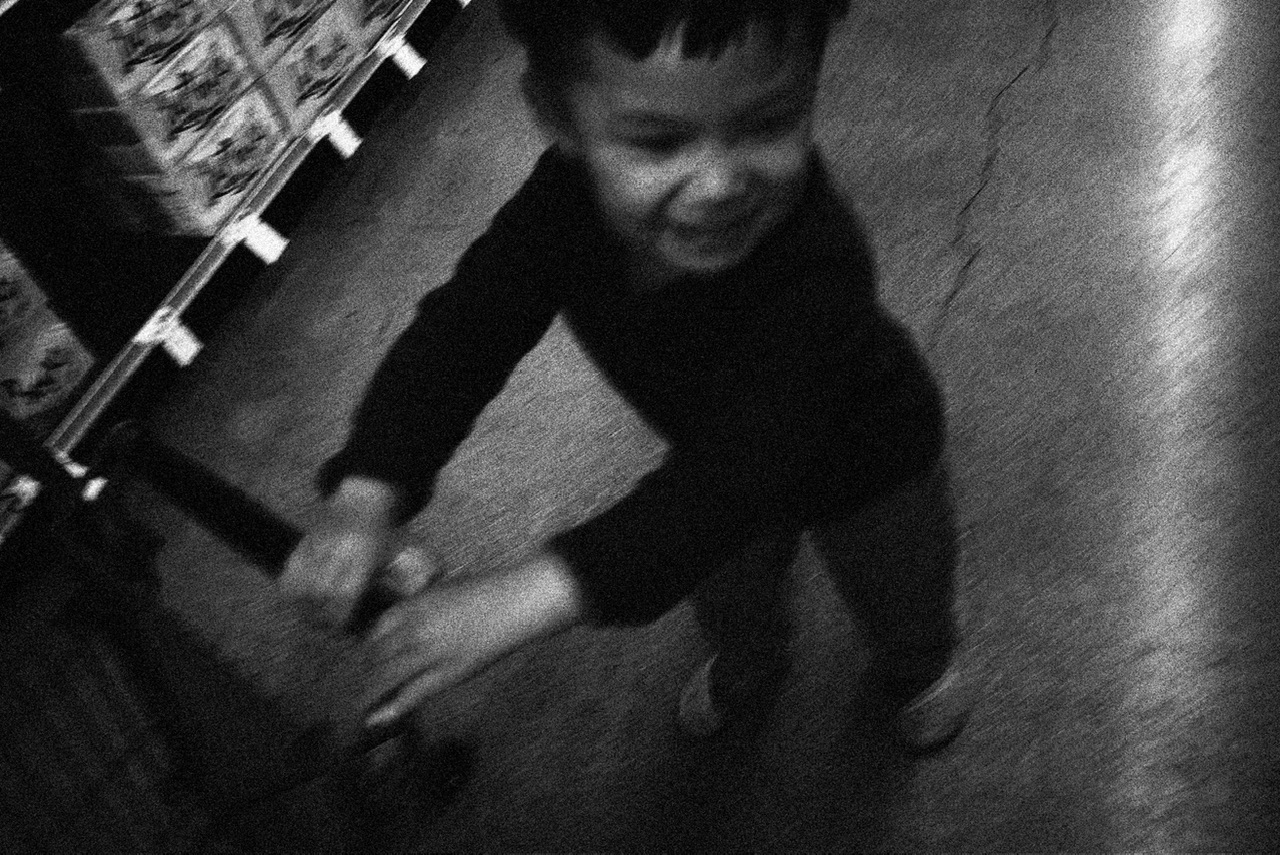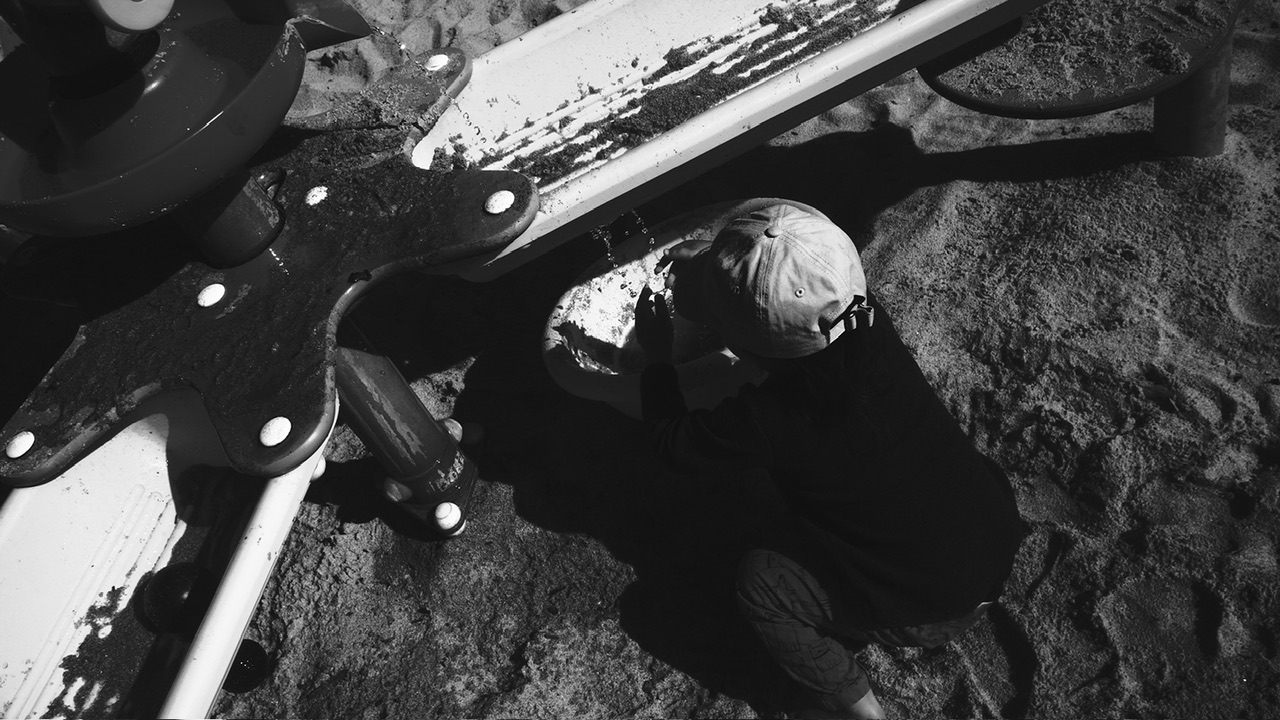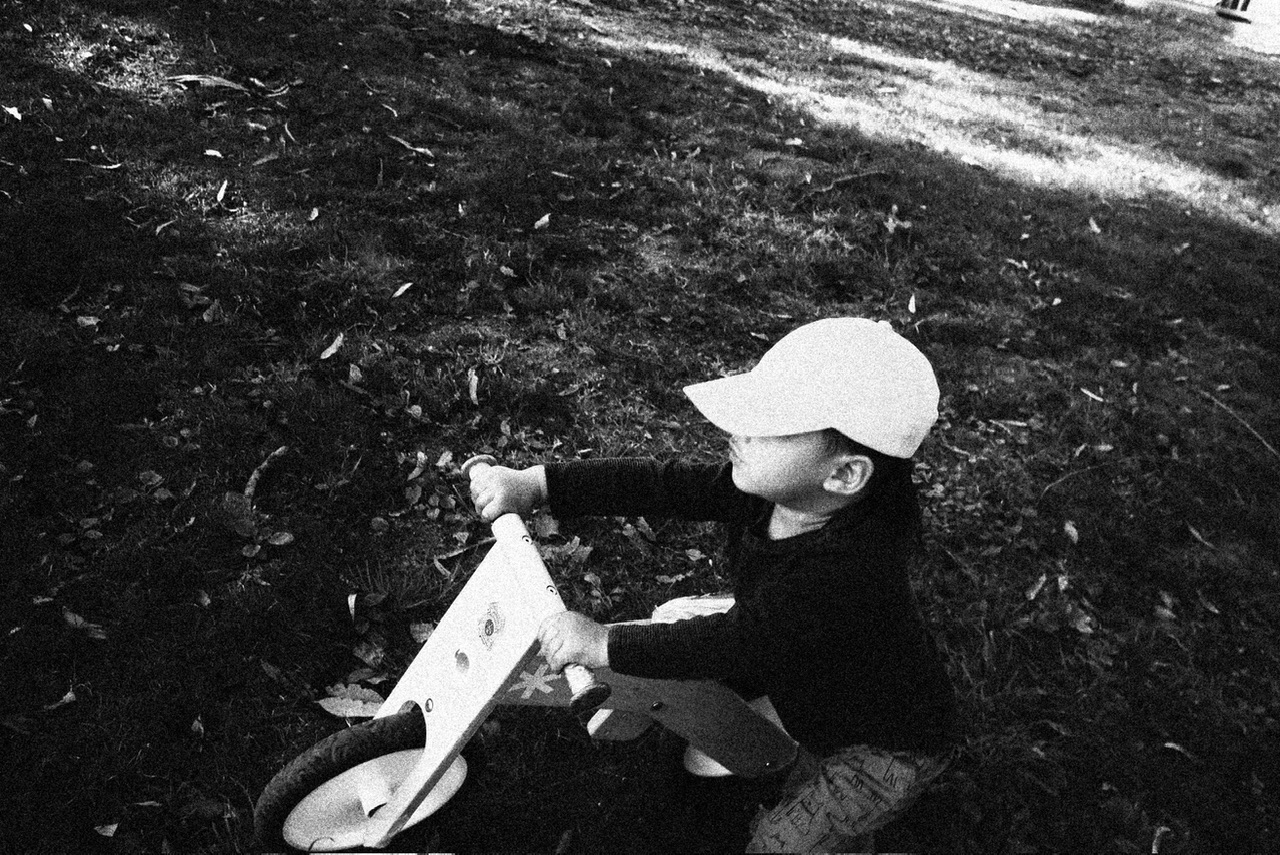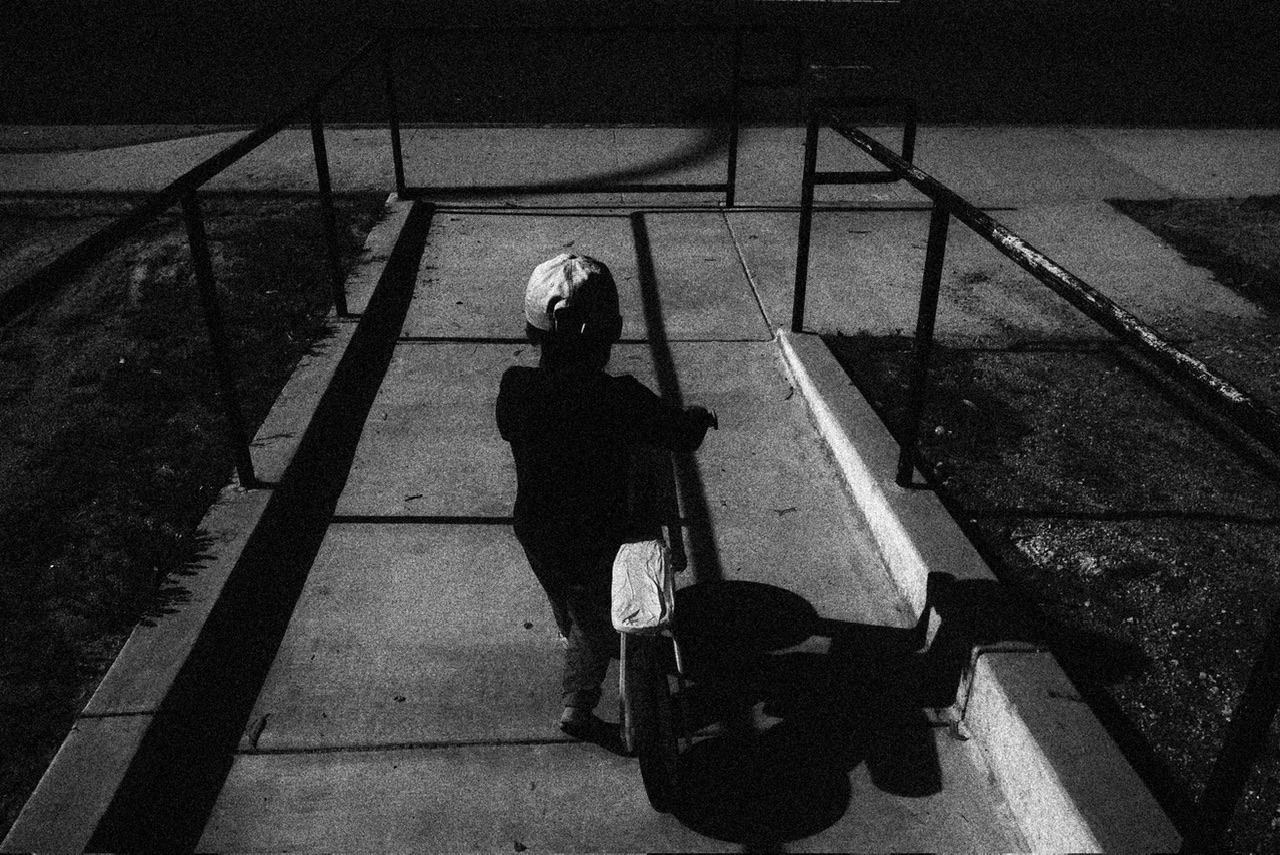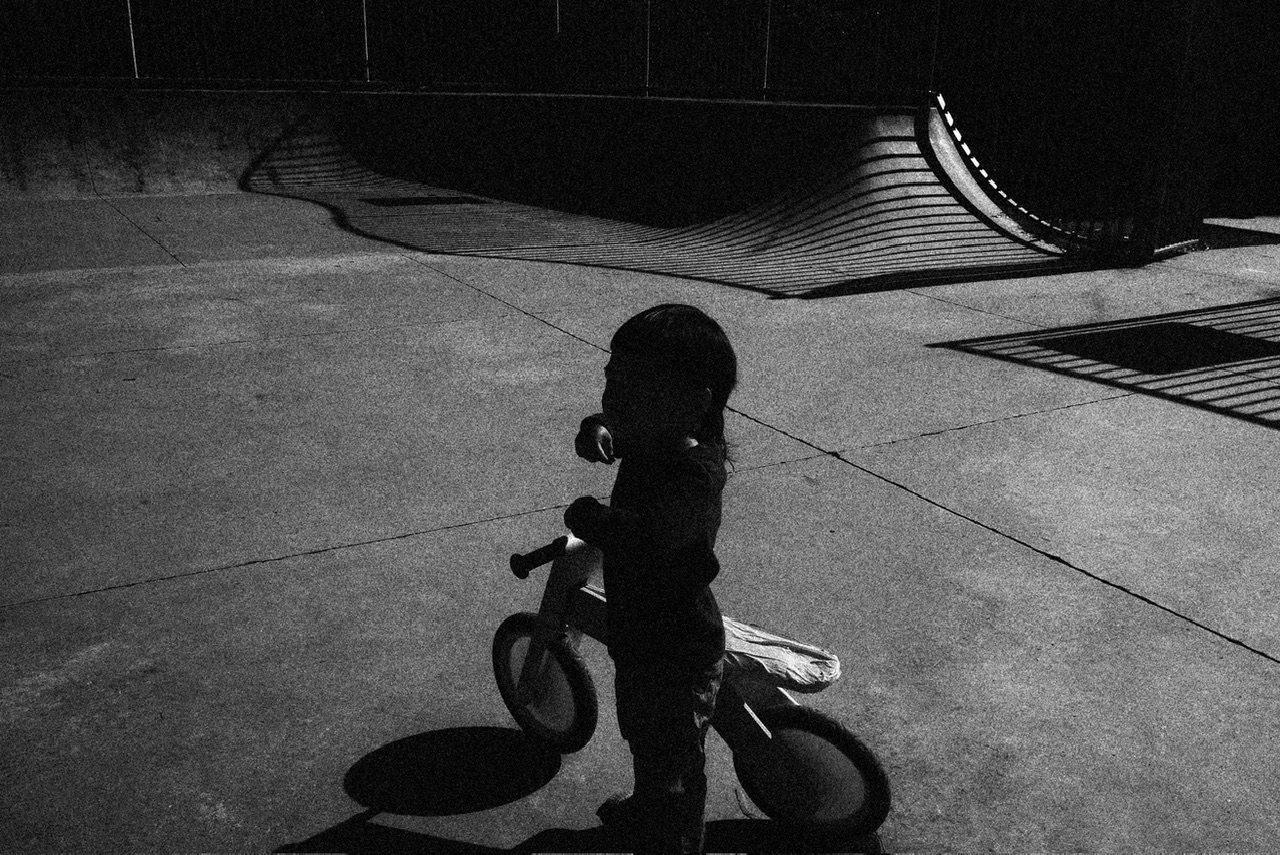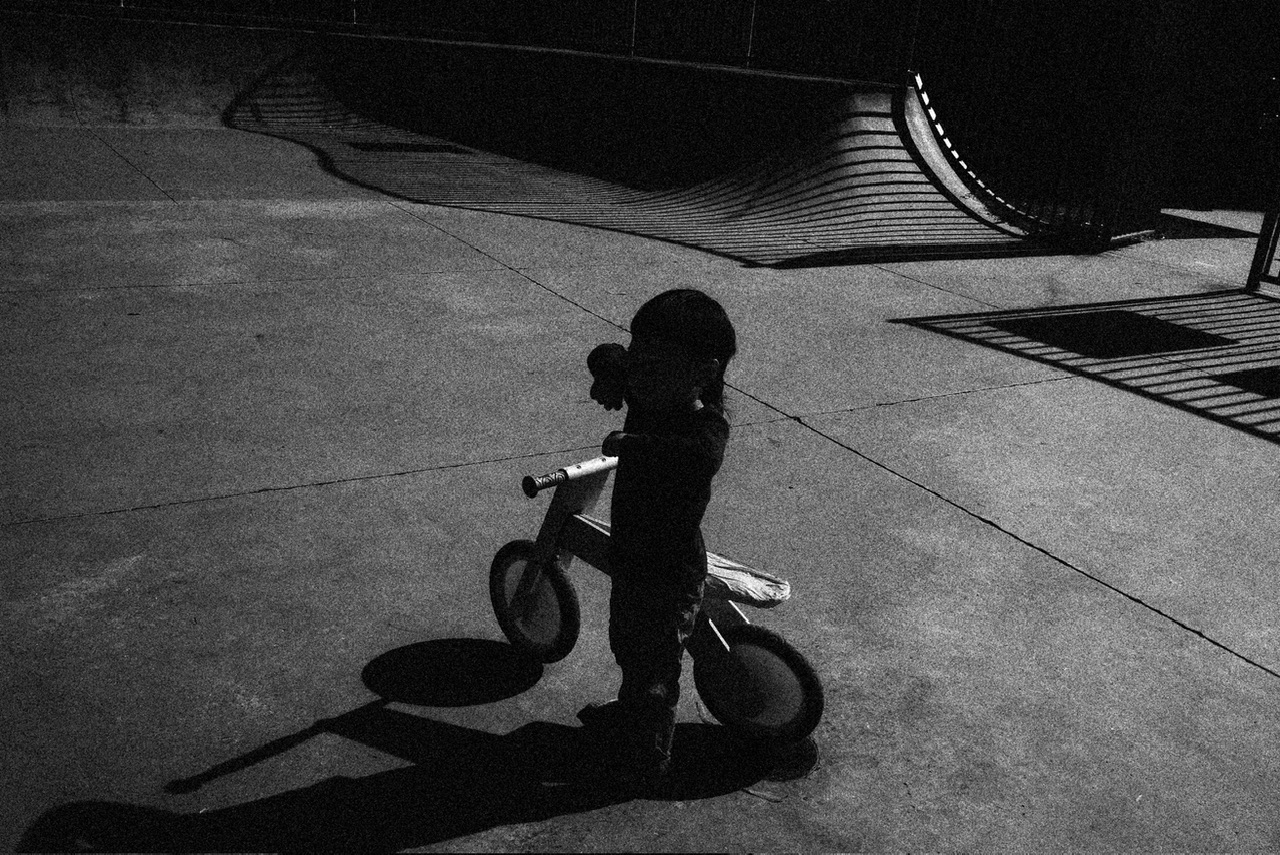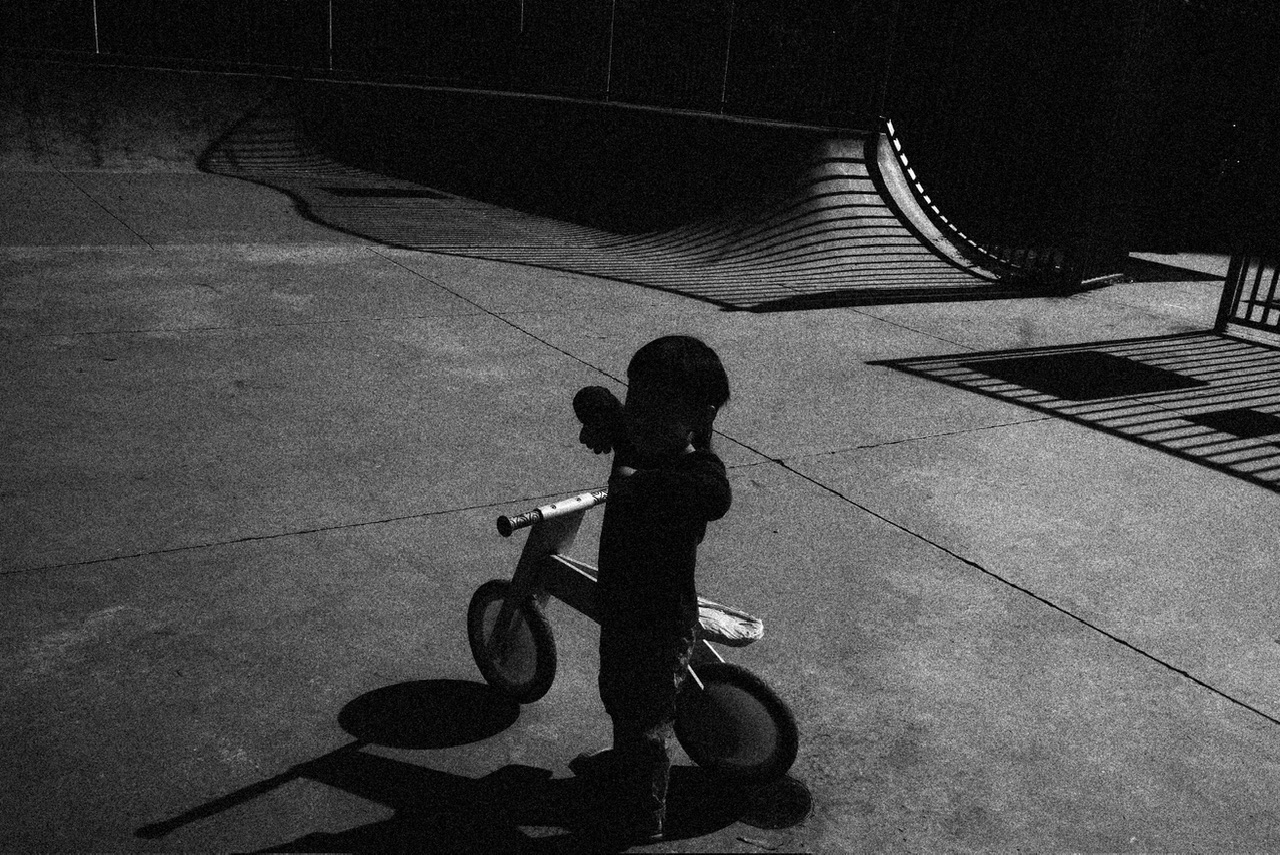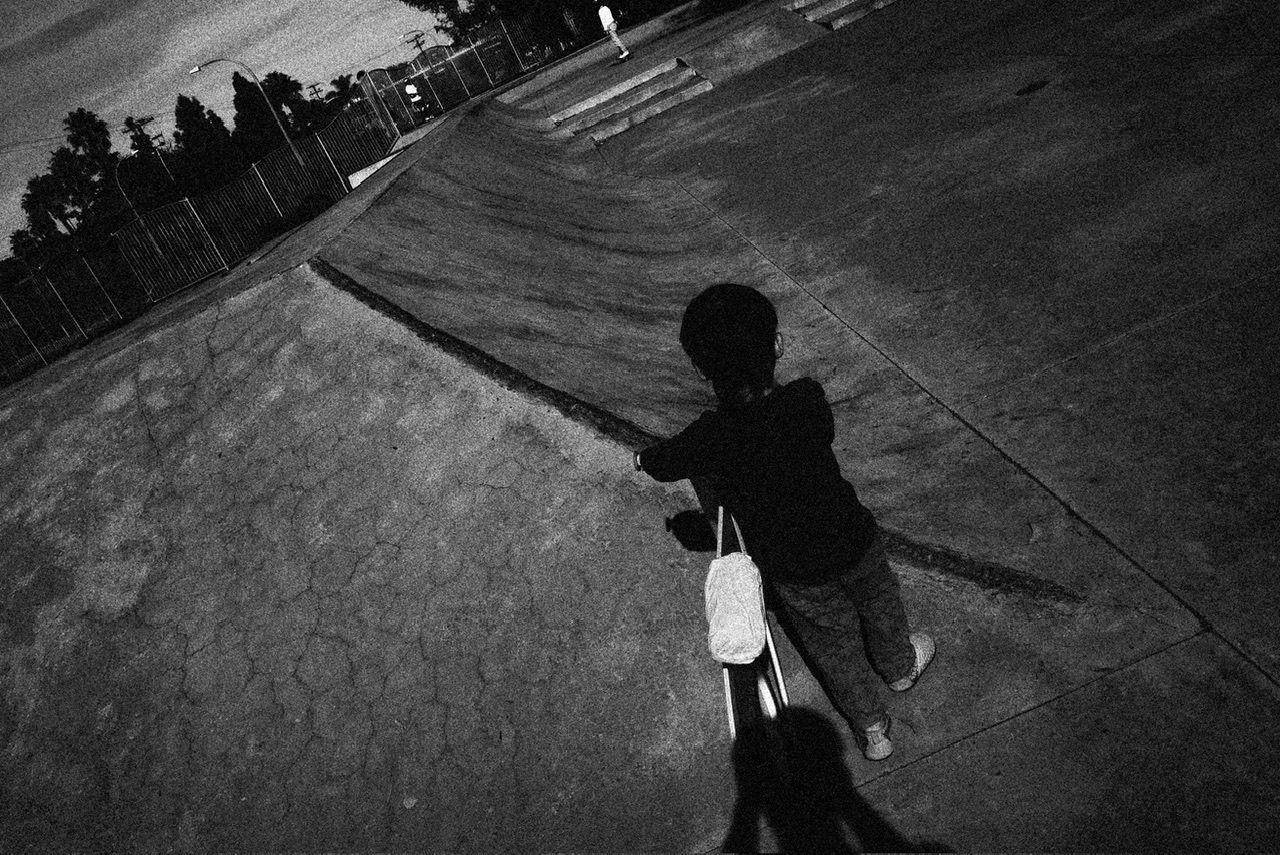Good ideas
if we’re focused on diversity questions—Are we supposed to be overly sensitive to various people of East Asian descent? Are we being too sensitive or not sensitive enough?—they divert our attention from the far more important communism question, which belongs front and center. So in conclusion—and this is a simplification, perhaps a distortion, but I think you know what I mean—it would be healthier that, whenever someone mentions dei, you just think ccp.
we should ask how communist China might benefit from an AI engine that deranges and polarizes our society.Â
Atheist communism?
We used to self describe ourselves as ‘politically correct’:
By the 1980s, political correctness was something conservatives used as an epithet to describe deranged dittoheads on the left. If you go back to the 1970s, it was actually used by very progressive people as a term of self-congratulation. But if you go back to the 1950s, and strip away all the connotations that accrued over time—if you were a “politically correct†person in 1950, it meant that you followed directions from Moscow as a card-carrying member of the Communist Party. The totalitarian impulse, with its extraordinary demands on the individual conscience, is baked into the very notion of political correctness. We should think about that. Striving for diversity, especially diversity of thought, can be good. But anyone who prizes liberty—conservatives, libertarians, classical liberals, and the rest—must never lose sight of the cosmic battle against atheist communism.
The progressive, theologically liberal types, backed by institutional support and intent on dispensing their vision of social justice, have come to resemble the nasty money-changers in the temple.
It’s a very Nietzschean argument, as I said, but there’s also a very Nietzschean counterargument, perhaps more biographical than philosophical. At the end of his life, when Nietzsche was going insane, he said something along the lines of, “God of the Jews, you have won.†By this remark he meant that the modern West would be a world ruled by the victim.
they are so closely related that we might call wokeness a particularly Christian temptation.
Beyond science and economics lies the question of wokeness as a religion. On one level it is a distraction from religion: God is the biggest thing there is, it might be observed, and thinking about diversity makes us forget about God. This is true as far as it goes, but on a deeper level the multicultural agenda is very entangled with the Judeo-Christian tradition. That tradition is strongly identified with the side of the victim; much of the Bible presents moral reversals in this vein, in a sort of antimythological move. The Cain and Abel story, in which the murderous Cain is duly punished for the sin against his brother, is the flipside of the story of Romulus and Remus, in which the slayer Romulus is celebrated from the point of view of the city he goes on to establish. The Jews are the marginalized people in the desert. Christ, of course, is the ultimate victim.
the dorms and residences are the profit center driving an elaborate real-estate racket.Â
In the university context, such an inquiry might explore why student debt has gone up from $300 billion in 2000 to $2 trillion today. The cop-out answer is that the $2 trillion of student debt went to pay for $2 trillion worth of lies about how great education is. In my view this reading is too generous. How much of that $2 trillion actually went to education as opposed to room and board? If you analyze the universities in economic terms, you might even conclude that the dorms and residences are the profit center driving an elaborate real-estate racket. And this is not to mention the web of offices and administrators tasked with overseeing not education but “student life.†Scale this model up, and you begin to understand why it’s so hard to exist outside of a big city in the United States—a vast country with swaths of empty space and lots of affordable housing—and why those deplorables who leave the reservation are viewed with such disdain.
cui bono?
My second candidate theory—and this is where I have some sympathies with Marxist and Randian types—amounts to an economically reductionist line of questioning. It’s the classic cui bono: Who’s actually benefiting from this stuff? How does it all play out? An old-school Marxist critique of what we call “cultural Marxism†would say that all these identity politics, the whole diversity agenda, has only served to divide the working class. People are supposed to focus on their real economic interests, and they’ve been diverted into all these other questions. So from a classically Marxist point of view, dei initiatives are a fundamentally reactionary form of politics. A historian might point out that, since the diversity agenda took off in the 1970s, it has coincided with a massive increase in inequality in this country. Correlation, of course, doesn’t prove causation. But were they somehow linked?
dmv–
This question of scientific and technological stagnation is in some sense the Achilles heel of the universities. It’s hard to uncover. Right now the humanities are transparently ridiculous. You might think of the humanities as the Department of Motor Vehicles. And the physics department is sort of like the self-proclaimed rocket scientists at the National Security Agency. The crypsis makes their activities look more intelligent and more advanced. But my belief is that the dmv is probably better run than the nsa. The fact that you don’t have a clue what’s going on at the nsa gives you a hint as to which of the two is worse. Something like this is going on with the sciences more broadly.
The diversity myth;
A few years after The Diversity Myth came out, a Stanford physics professor, Bob Laughlin, got a Nobel Prize. And he began to suffer from the supreme delusion that, now that he had a Nobel Prize in physics, he also had academic freedom and could investigate anything he wanted. Now, there are a lot of controversial topics in science. You could have a heterodox view on stem-cell research, or you could be a skeptic of climate change or Darwinism. But Laughlin hit on a topic that was far more taboo than any of the above. He had the idea that most of the scientists were doing no work at all. They were actually stealing money from the government, just creating all these fraudulent grant applications. Laughlin had done a lot of work studying the physics of super-high temperatures (superconductivity and the like), and he once told me that, of the roughly fifty thousand papers written on the subject, maybe twenty-five of them were any good at all.
Laughlin’s team started with the biology department at Stanford, launching a sort of inquiry into what, exactly, it was doing. They didn’t actually publish the results—they just had a public hearing and generally denounced all the professors as having stolen money from the government. The generous conclusion would be that the department wasn’t fully fraudulent: just an incredibly incrementalist exercise in groupthink that wasn’t really moving the dial forward. This was a line of thinking that was completely, completely taboo. I don’t need to tell you how the story ends.


































































































































































